Author: Katherine Germann
Location: San Jose, Costa Rica
Before coming to Costa Rica, I was super excited to expand my horizons – to see more of the world that we live in. I had never been outside of the United States, and I knew that I would get to visit Costa Rica and Nicaragua during my study abroad experience, visiting not one but two new countries. However, I was also a little afraid to cross the borders and see more of the world. I thought that after seeing more of our planet, it would seem smaller, less grand, and more confining. After all, the more you explore a house or neighborhood, the less exciting and mysterious it is. Furthermore, I could have been disappointed with what I found. Perhaps the new places would not be as culturally shocking or thought provoking as I expected. Then I would be left with the notion that all parts of the world are quite similar, and there is nothing left to discover. However, getting to see more of the world has had the exact opposite effect on me: the world seems bigger and bigger. I am plagued with the frustration that I will not be able to cover all of Costa Rica before I leave this beautiful country.
This is not to say that I have encountered startlingly exotic features in every place that I have traveled. In fact, there are many similarities between beaches in Costa Rica and beaches in the U.S., mountains in Costa Rica and mountains in the U.S., etcetera. But the richness of my travel experience is apparent when I go to a new place, explore what is unique to that area, and appreciate the beauty and excitement that I discover there.
I felt the wave of awe and appreciation for how big the world is when I visited Guanacaste with a friend from the University of Costa Rica. At this point, I had already been to Longo Mai, a beautiful, rural, immigrant community, and to Cahuita, an exciting and culturally-rich Caribbean town on the Coast of Limón, with the Valpo cohort. These two places thrived with cultural differences in the way people lived, spoke, cooked, and interacted with each other. They also had different forms of natural beauty, one offering a biodiverse beach front and the other a river hidden in the woods. I enjoyed encountering the special beauty of each place, but I didn’t reflect on what this meant until I took a more personal trip to Guanacaste. I went for a morning walk on Brasilito beach, and as I walked up the beach I watched the people, who camped on the edge of the beach, and I tried to notice all the features of the coastline. I realized, a little disappointed, that I wouldn’t have nearly enough time to walk up the entire beach. And Brasilito isn’t even the “featured” beach in Guanacaste. Playa Conchal is far more popular. Yet in its simplicity it had a lot to offer.
That’s when I sat down with a question in my head: Is the world pretty much all the same, making it seem far smaller than I would hope? I realized that it is not small at all. Every place has something unique, something special, to offer. It hit me that there is no way that I can possibly cover every place that there is to visit in Costa Rica during my time here, and there is no way that I can cover the whole world in my entire lifetime. There will always be more to discover. What an exciting realization!
Ever since then I have traveled around Costa Rica as much as I can (and into Panama and Nicaragua). Gabbi, my most frequent travel partner, made a great point. She says that there are two attitudes when it comes to travel. You can either assume that one beach is just like any other beach, that one waterfall is just like any other waterfall, and that one city is just like any other city. Or you can realize that each one offers something different, new, and exciting. The world expands dramatically when you adopt an attitude of appreciation for every new place that you visit. As Gabbi really likes water, I would like to illustrate this point by highlighting some of the waterfalls that I have visited during my stay here.
We visited la Catarata (waterfall) de la Paz, Catarata La Fortuna, and Catarata Cangrejo. To get to Cangrejo, one needs to walk about 5 kilometers through Rincon de la Vieja National Park. The journey to the waterfall is just as beautiful as the waterfall itself. The pool is a popular place for people to swim, rest and have their lunch. La Fortuna is accessible only by walking down 500 steps (which then need to be climbed again when one returns). It is a much stronger waterfall, with a deeper pool. We could swim in the pool, and the waterfall created such a strong current that one could swim and swim towards the falls and never get very close to it. Finally, one could see the Catarata de la Paz right off the side of the road. La Paz means peace, but this was the largest and most powerful of the waterfalls. There were many people taking photos, but no one could swim in that pool. It was far to grand and dangerous. Even though every site was “just” another waterfall, each waterfall offered something new and special to a traveler.
The same type of thing happened for every beach, city, or park that we visited. All the beaches in Puerto Viejo were quite close together, however they were very different. One had black sand and calm waves, while another had brown sand and crazy, dangerous waves, and still others offered beautiful rock formations or wildlife. The moral of the story is: nothing is exactly the same. There is always something new to discover, you just have to adopt an open mind to see and appreciate everything. This goes for both the differences in land and the cultures of the people. I learned that when you have an open mind, all people and all land has something special to offer. There is no way I will ever be finished exploring the world that we live in!
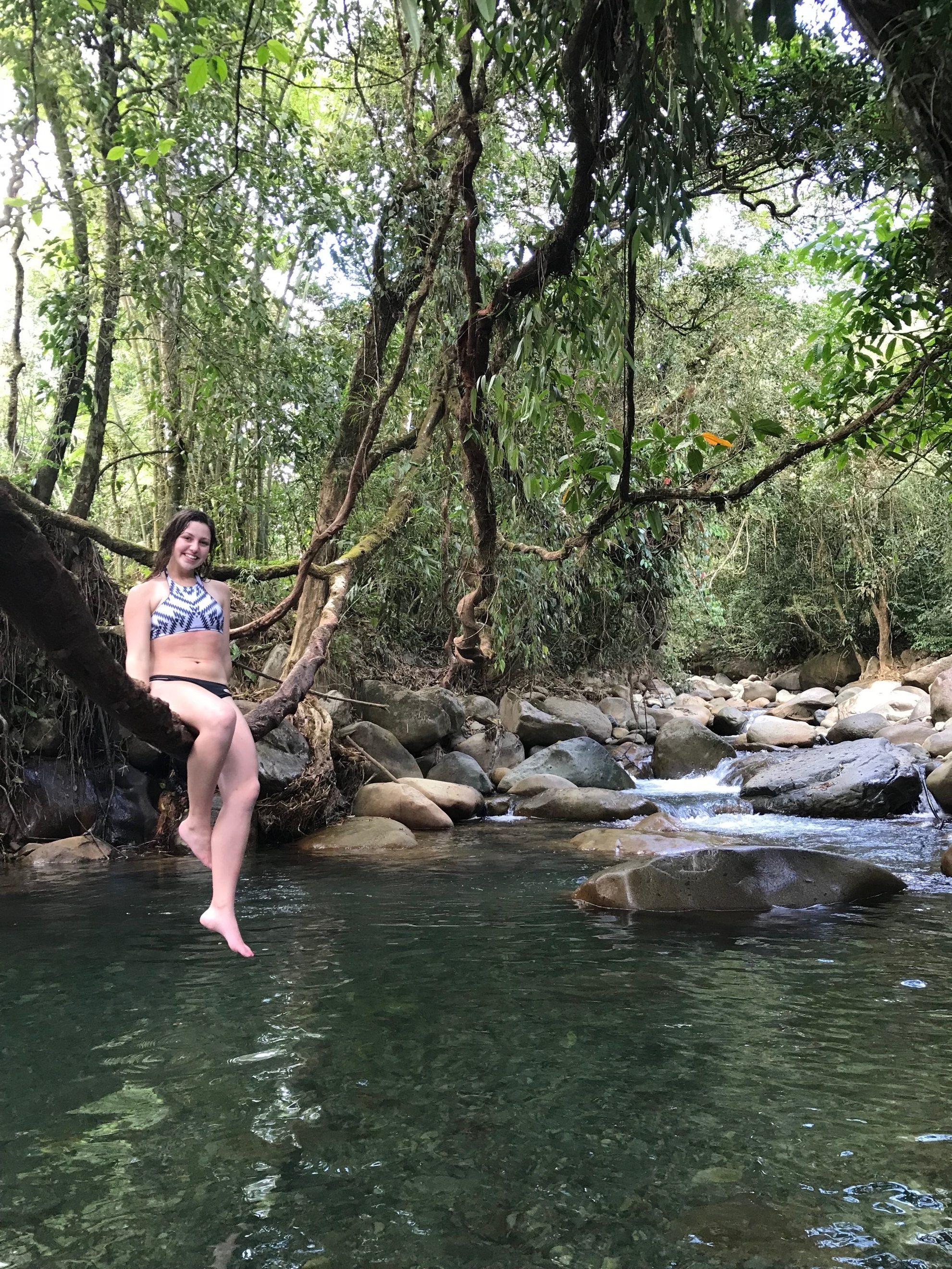
Gabbi at the River in Longo Mai
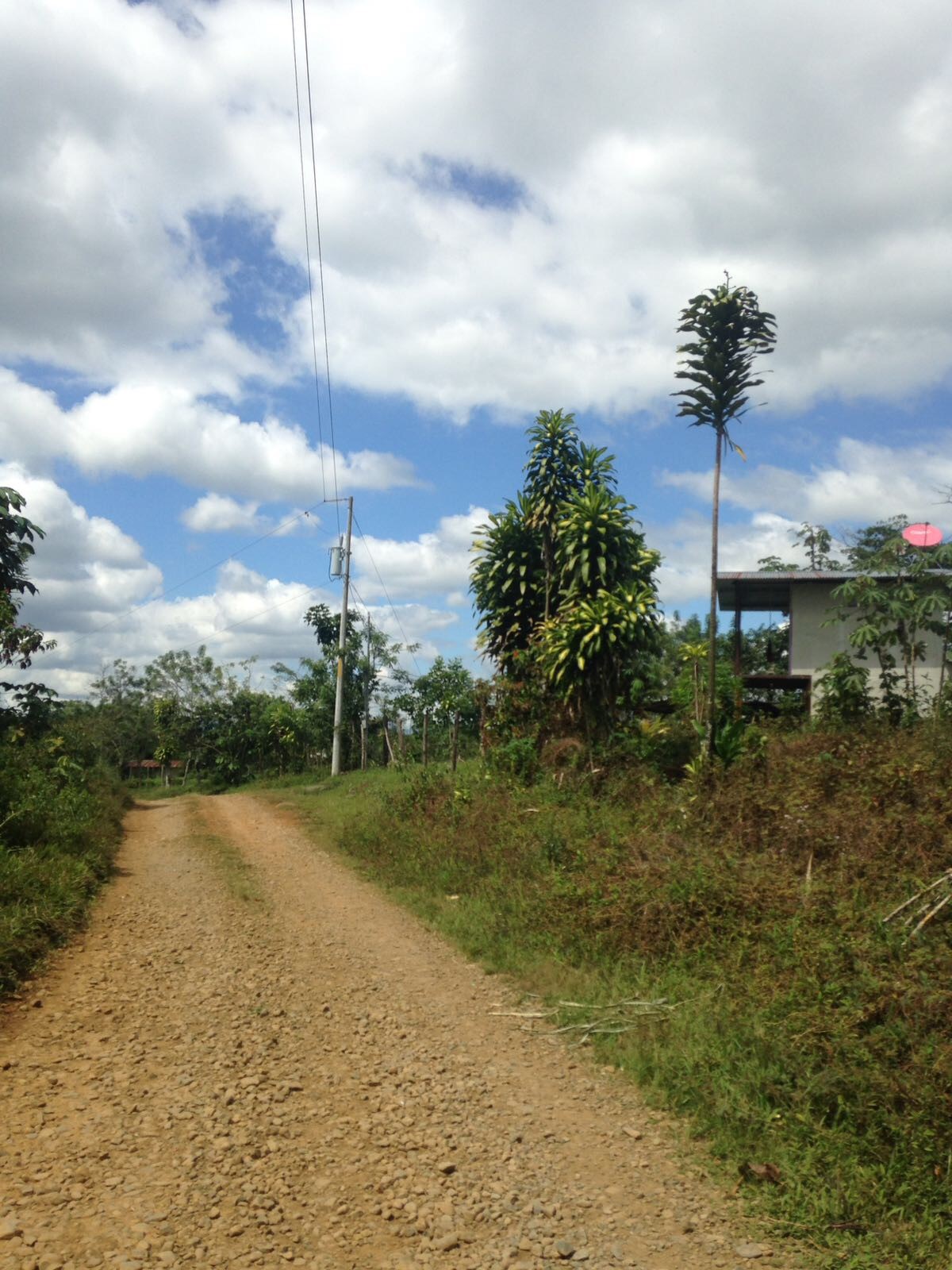
Road in Longo Mai
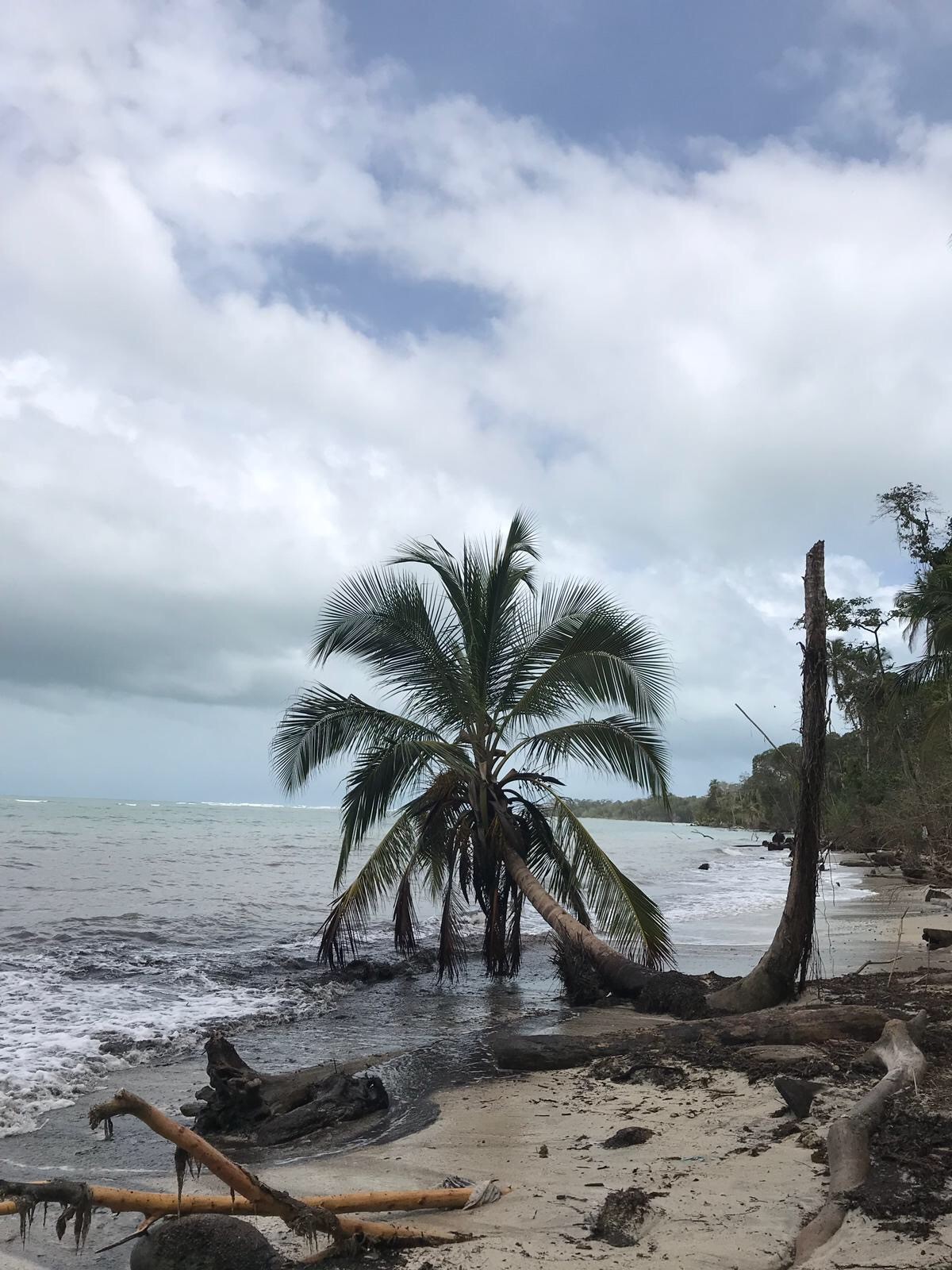
Cahuita beach
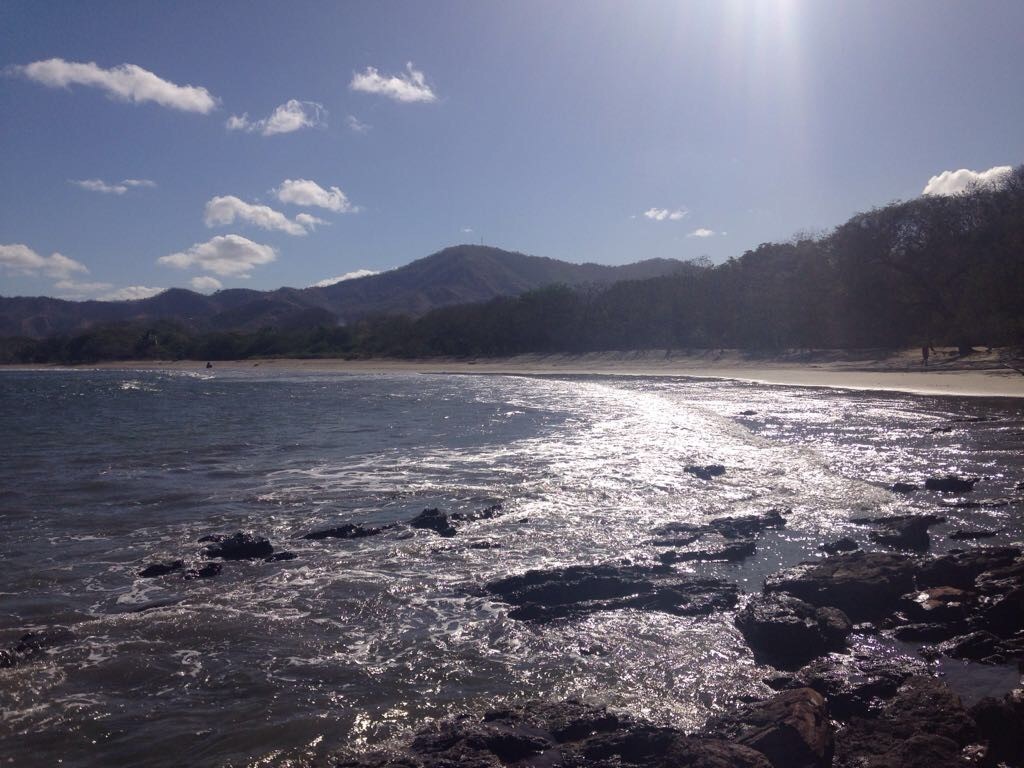
Brasilito beach
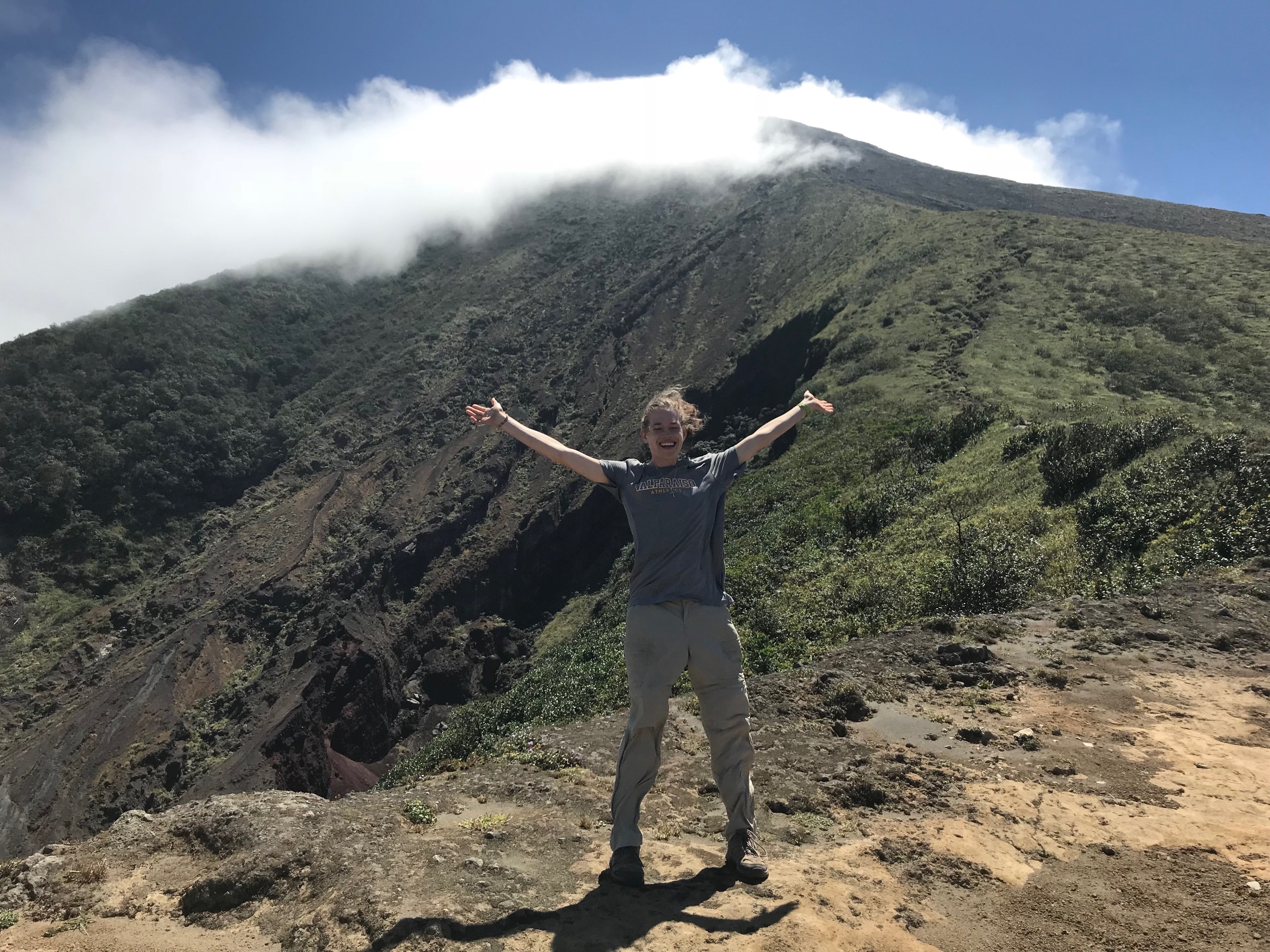
This is me on Volcán Concepcion, which is on Omatepe Island in Nicaragua. This is not mentioned in the blog, but this is yet another amazing place that I got to visit. I hiked up this Volcano, and it was very different from other mountains that I have hiked in the past. There are differences in vegetation, soil, and views.
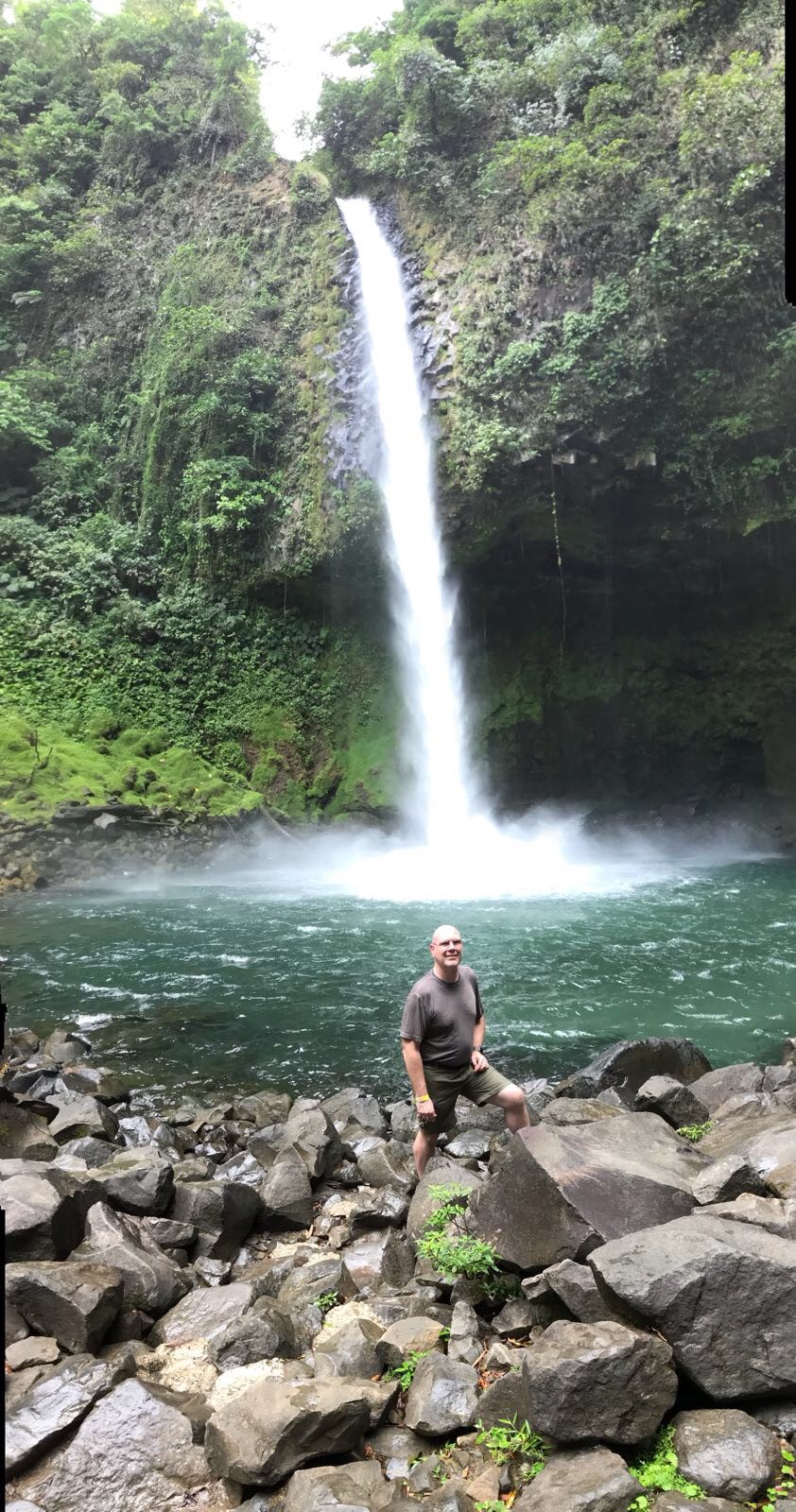
This is my father at the Catarata La Fortuna.
Leave a Reply